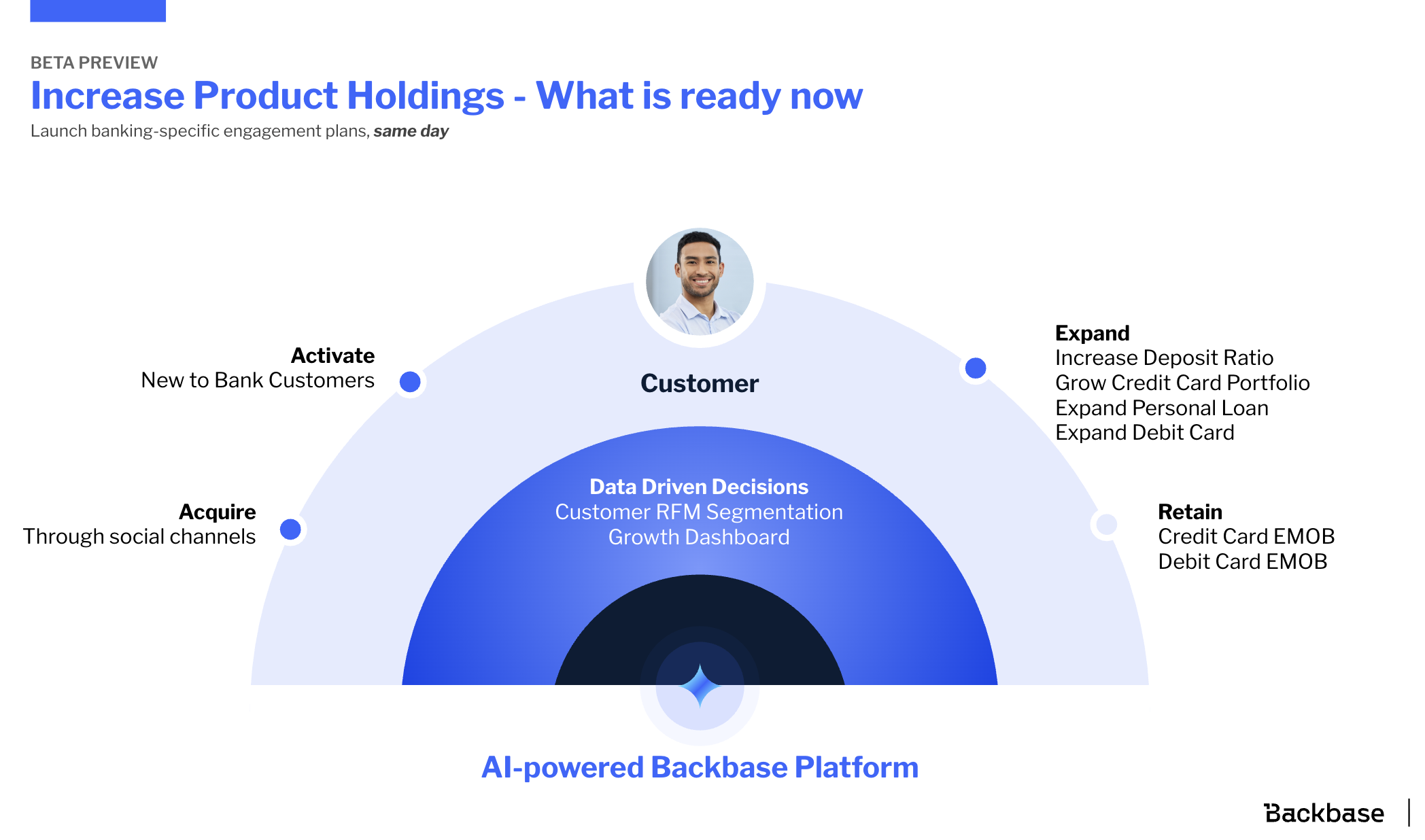
Marjan Moghaddam
In the relentless pursuit of faster development cycles and higher code quality, software engineering teams are constantly seeking innovative solutions. Microservices are powerful, but they bring complexity. Microservices, while offering benefits, introduce challenges:
- Increased Complexity: Managing a distributed system with multiple services requires a deep understanding of interdependencies and communication patterns.
- Code Duplication: Maintaining consistency across diverse codebases can lead to duplication and increased maintenance overhead.
- Rapid Iteration: The need for frequent deployments and updates demands efficient code generation and testing processes.
- Knowledge Silos: Information about code, design, and architecture can be scattered across various repositories and documentation, making it difficult to access and utilize effectively.
- Quality Assurance: Ensuring code quality across a large number of microservices requires robust automated testing and review processes.
Imagine a world where code generation, review, and testing are not just faster, but also smarter. This is the promise of Agentic RAG. By seamlessly integrating LLMs with your existing codebase and knowledge repositories, Agentic RAG empowers developers to automate tedious tasks, gain deeper insights into their code, and ultimately, build better software, faster. Agentic RAG addresses these challenges by empowering developers with intelligent tools that:
- Generate Code: Automate the creation of boilerplate code, unit tests, and even entire microservices based on natural language instructions.
- Review Code: Provide automated code reviews, identify potential bugs and vulnerabilities, and suggest improvements based on best practices and organizational standards.
- Test Code: Generate comprehensive unit tests and integration tests, ensuring code quality and reducing the risk of regressions.
- Retrieve and Utilize Knowledge: Seamlessly access and utilize information from code repositories, documentation, and issue trackers, providing developers with the context they need to make informed decisions.
Overview of LangChain, LangGraph, Cursor MCP, and their application:
- LangChain: A powerful framework for developing applications powered by language models. In our context, we will use it to build agents that can interact with java and python code.
- LangGraph: Extends LangChain with the ability to create stateful, multi-actor applications. This is crucial for building complex workflows that involve multiple steps and interactions, such as code generation and review processes.
- Cursor MCP: A tool that integrates language models into your IDE, allowing for seamless interaction with code. We’ll explore how to develop custom MCP plugins that enable agentic code generation, review, and testing directly within your development environment.
- SonarCloud API Integration: We will show how to use direct API calls or SDKs to retrieve quality gate information. This is critical for ensuring that generated code, and code being reviewed, meets the minimum quality gates.
- Tree-sitter and ASTs: We will show how to use tree-sitter and ASTs to parse and analyze code, allowing the agents to understand the structure and semantics of your code.
- JUnit, Mockito, pytest, and unittest: We will show how to use these testing frameworks in conjunction with the agents to generate and execute unit tests.
By combining these technologies, we can create a powerful Agentic RAG system that transforms the way we develop software, enabling us to build better, faster, and more efficiently. Let’s give it a shot.
Continue to read on either:



